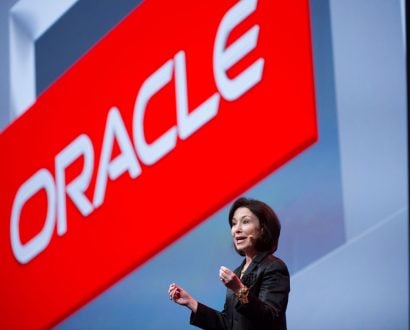Obligations of today’s highest performing CEOs

Exactly what does a high performing CEO do? It’s simple. They lead their organisation so that it returns an acceptable and sustainable level of value to the organisation’s stakeholders. Implicit in that is that the organisation enjoys an ongoing reputation as a good global corporate citizen.
In recent times, and especially since the pandemic, the breadth and level of scrutiny of stakeholders has intensified the need to focus on moral obligations in areas such as inclusion, climate change and slave labour.
To meet such obligations takes a well-functioning organisation, key to which is a high performing workforce. In the wake of the pandemic, CEOs must attend to three key issues to harness the full talents of their workforce.
"Keeping great talent is of increasing priority: great talent wants great leadership."
Embracing hybrid work models
Firstly, making hybrid work models clear and effective. One of the most inexplicable features of emergence from lockdown is how some CEOs are hell-bent on getting everyone back into the office. They say that flexibility will compromise the company’s culture, even though employees, when asked, say they want to work flexibly. The remote work pivot has shown just how fundamental the need for control is in some leaders; to continue to exert this kind of control is a mistake.
Managing mental health and burnout
Secondly, managing burgeoning levels of anxiety, stress, and burnout. McKinsey has warned that we are in for a protracted period of pandemic fatigue. We’ll see disillusionment, grief and exhaustion, and continuing waves of burnout. The rising tide of burnout has exposed the consequences of systematic overwork expectations; to expect it to continue is a mistake. CEOs must deprogram overwork and focus on sustainable ways to motivate high levels of creativity and performance.
Retaining your highest performers
Thirdly, and associated with the previous two issues, maintaining a skilled and creative workforce. Of particular concern is the ‘great resignation’, with a recent survey finding that 55 per cent of the US workforce is actively seeking work. That’s also the case in the UK, where there’s also a ‘poaching pandemic’, with 38 per cent of software and government officials approached over five times in the past year. Concerns about anticipated skills gaps due to both expected headcount growth and pandemic-related reductions in skilled migration have been raised by Australian CEOs. Keeping great talent is of increasing priority: great talent wants great leadership.
Dangers of ego and false idolising
We have a faulty view of just what good CEO leadership looks like. We idolise ambitious, often narcissistic, over-confident and competitive leaders. Such leaders are self-serving, and the chances that they will meet the increasingly complex obligations that organisations now face is highly doubtful. By promoting a personality-based idea of what a top CEO is, organisations risk their future success.
Leadership isn’t about ego, and it’s not a personal reward. Top performing CEOs meet their obligations through service to their stakeholders. 21st-century notions of servant leadership best capture this. Organisations like Starbucks, Ritz-Carlton, Zappos, Intel, Marriott and Southwest Airlines promote and profit from servant leadership.
Don’t be blindsided by personality, it’s what you do that counts. Servant leaders are primarily driven by empathy, altruism, and a sense of community stewardship. They prioritise an organisational culture that promotes the development of trust, fairness and high-quality relationships. They have a deep and unwavering commitment to the growth, empowerment, and wellbeing of their people.
Servant leader CEOs also increase adaptive performance under change through, for example, creativity, stress resistance and collaboration skills. Among those who’ve worked from home throughout the pandemic, perceptions of servant leadership have improved and employee wellbeing has remained stable. Servant leadership predicts a decrease in burnout, and improved adaptability to change. Even under conditions of great insecurity such as the pandemic, people can perform well. By putting people first, organisational performance follows.
Success is simple
By prioritising the fulfilment of their employee’s personal ambitions, CEOs can achieve top performance. Creating psychological safety, coaching, providing feedback and giving employees autonomy to perform all increase work engagement, job performance and goal achievement. When everyone is a top performer, it’s easy for the CEO to be a top performer.
Dr Karen Morley is a distinguished executive coach, an authority on leadership coaching and a thought leader on gender and inclusion. She has led a broad range of leadership development, succession, and talent management assignments throughout her career.
Read next: Is your business vision a realistic goal or slow death sentence?